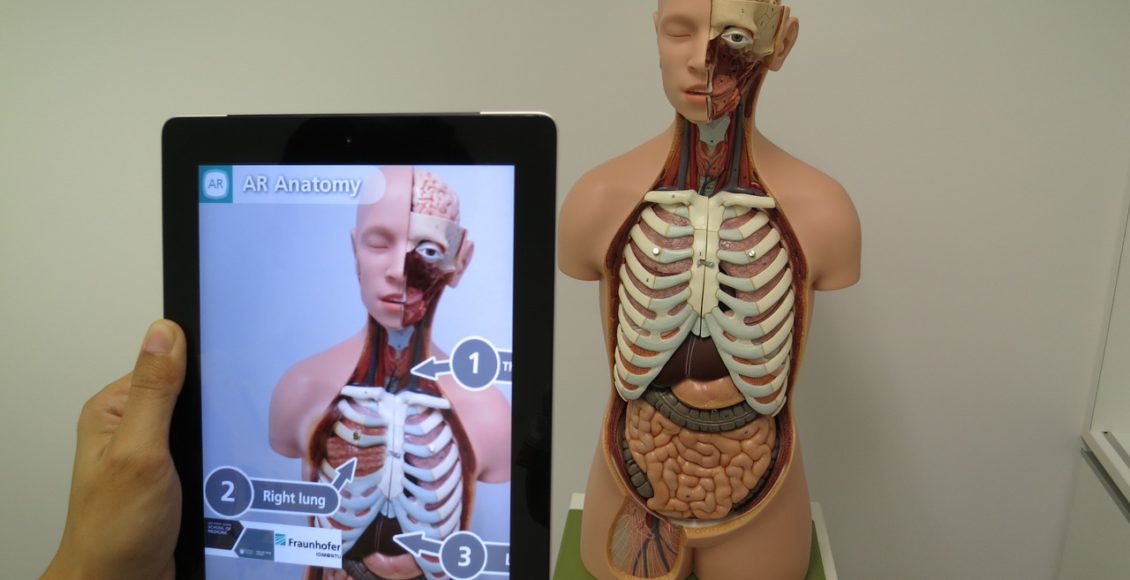Both Virtual Reality (VR) and Augmented Reality (AR) are much-publicized items in last few years. However, their applications have been limited to selective spheres, such as the world of gaming.
These emerging technologies have the potential to be applied in diverse environments. These include include the healthcare industry, smart city applications, and in educational institutions to offer an engaging and immersive learning experience.
Even though some elite educational institutions have already implemented these technologies, its adoption at the mass-level is yet to happen.
Like with many other things, the greatest challenge to the broad-scale adoption of VR and AR in education is the cost of these devices.
With widespread advancements in innovative technologies, things are somewhat changing in the recent times. These new technologies are increasingly pushing VR and AR to penetrate the consumer space with unique offerings for all, including education.
Here are some prime advantages of deploying VR and AR in the field of education.
How Can Virtual Reality Be Incorporated in Education?
Virtual reality creates simulated environments by utilizing a computer.
Right now, there are a few VR systems available, all offering various levels of immersive experiences.
The advantages of virtual reality in educational areas are relatively clear –
Enhanced student engagement
- Accelerated learning
- Improvement in Education Quality
For instance, VR history classes could teleport students to early Egyptian civilization, in order to provide them with vivid experiences of how life was in Ancient Egypt.
However, secondary and primary education is just one aspect. There are various other areas in education that could benefit hugely from VR.
These advantages could be at university levels, or in fields like engineering and medical science.
Medical students, for example, can go inside the human body to thoroughly understand its complexities, or to grip critical issues like surgery in a real-like medical situation.
Augmented Reality in Education
Augmented reality superimposes computer-generated videos and images on real-time environments by applying markers like barcode, movement, or a physical object, which functions as a trigger for interaction.
This essentially means augmented reality can breathe life into textbooks by making its pictures to ‘pop out’, enabling the idea of interactive lessons. The function can be easily accomplished by students, who can simply place their smartphones or tablets over the images for an engaging AR experience.
For example, students of biology, while studying human circulatory system, could put their mobile devices over the textbook image to see in graphic details how the heart is moving and pumping blood throughout the human body. This will invariably enhance the enthusiasm and concentration of students to a great extent.
Keeping feasibility in mind, it seems like augmented reality will encompass a broader range of schools, as implementing AR-enabled apps and textbooks within classrooms is relatively cheaper and easier.
Virtual reality, on the other hand, can open up whole new dimensions that can transform classrooms into next-generation learning centers with immersive and heightened learning experiences.
Though it might take a while for the new technologies to penetrate the education sector, however, according to various reports and surveys, the implementation of AR and VR will be sooner than expected.



